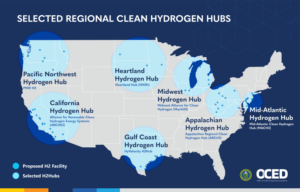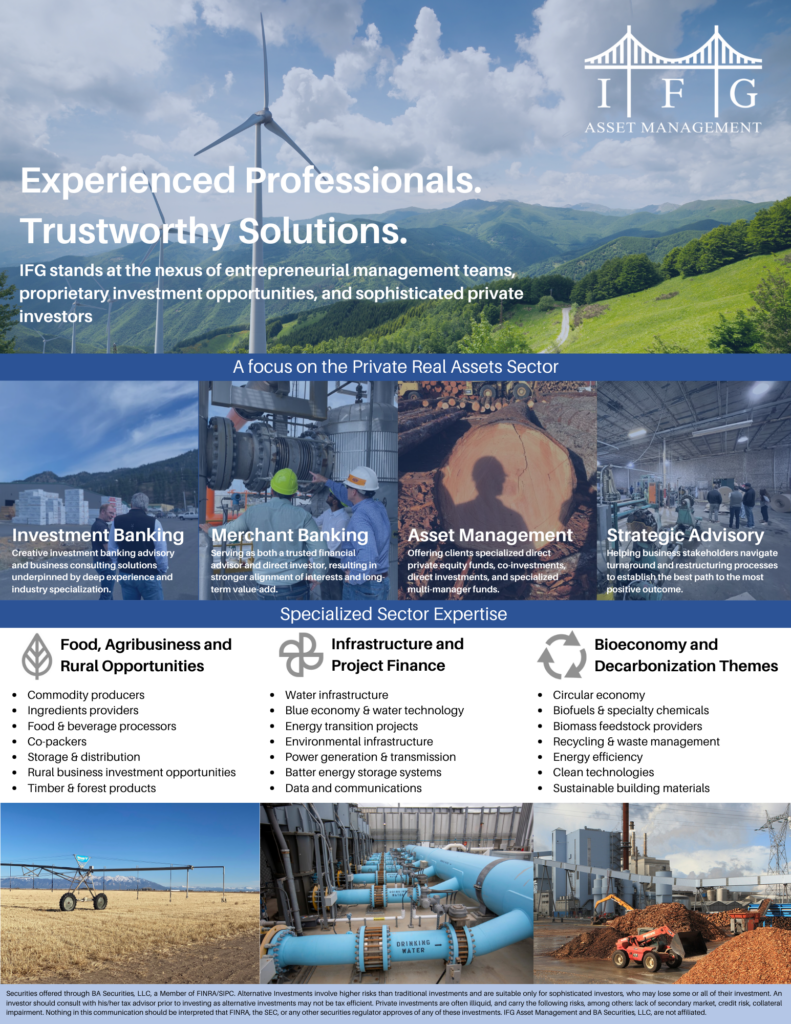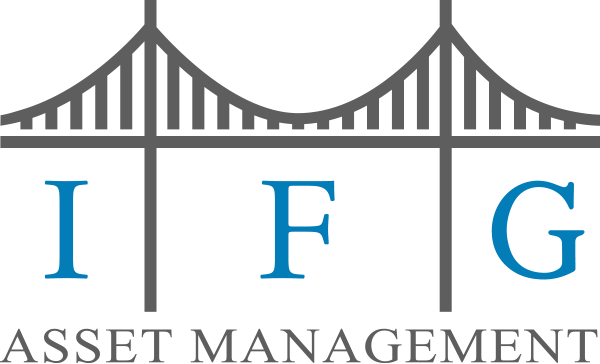Regional Clean H2Hubs aimed at scaling up clean hydrogen production, storage, delivery and consumption in the U.S.
The U.S. Department of Energy (DOE) has named seven regional clean hydrogen hubs to receive $7 billion in federal funding, a long-awaited announcement for an initiative aimed at accelerating the commercial-scale deployment of clean hydrogen and driving down its cost.
Funded by Infrastructure Investment and Jobs Act (IIJA), the seven H2Hubs are located around the U.S. and aim to jumpstart a national network of clean hydrogen producers, consumers and connective infrastructure. Each hub will include clean hydrogen production, storage, delivery and end-use components.
Clean Hydrogen is expected to play a particularly important role in cleaning up hard-to-decarbonize sectors like refining, chemicals and heavy-duty transport.
The H2Hubs are expected to collectively produce three million metric tons of hydrogen annually, reaching nearly a third of the 2030 U.S. production target and lowering emissions from these industrial sectors that represent 30 percent of total U.S. carbon emissions.
In the power sector, hydrogen can be combusted in gas turbines for decarbonization or be used as a form of long-duration energy storage.
According to DOE’s previously-released Liftoff reports, clean hydrogen production has the potential to scale from nearly zero today to close to 10 million metric tons per year (MMTpa) in 2030 across the power, industrial and transportation sectors. That number could jump to 50 MMTpa by 2050.
Here are the selected projects:

Appalachian Hydrogen Hub (Or Appalachian Regional Clean Hydrogen Hub – ARCH2): The Appalachian Hydrogen Hub includes West Virginia, Ohio , Kentucky and Pennsylvania and will leverage the region’s access to natural gas to produce low-cost clean hydrogen and store the associated carbon emissions (A process known as “Blue Hydrogen”).
The ARCH2 hub includes a diverse group of partner companies, including Battelle, Air Liquide, The Chemours Company, CNX Resources Corp, Dominion Energy Ohio, Empire Diversified Energy, EQT Corporation, Fidelis New Energy, First Mode, Hog Lick Aggregates, Hope Gas Inc., Independence Hydrogen Inc., KeyState Energy, MPLX, Plug Power and TC Energy.
The hub is expected to bring job opportunities to workers in coal communities.
“I am so honored to announce that today the U.S. Department of Energy has selected the Appalachian Regional Clean Hydrogen Hub for up to $925 million in federal support under the Bipartisan Infrastructure Law,” said
Sen. Joe Manchin (D – W.V.) said the award “means West Virginia and the Appalachian region will be the new epicenter of hydrogen in the United States of America.”
Amount: up to $925 million
California Hydrogen Hub (Or Alliance for Renewable Clean Hydrogen Energy Systems – ARCHES): The California Hydrogen Hub will produce hydrogen exclusively from renewable energy and biomass.
Through the application process, ARCHES identified several projects up and down the state—many shovel-ready—supporting three essential hard-to-decarbonize end-use sectors: heavy-duty vehicles, power plants and ports.
ARCHES is supported by over 400 organizations and individuals representing state and local governments, higher education institutions, business and industry leaders, organized labor and community advocates.
“Today we are moving from concept to reality – advancing clean, renewable hydrogen in California which is essential to meeting our climate goals,” said Gov. Gavin Newsom (D).
Amount: up to $1.2 billion
Gulf Coast Hydrogen Hub (HyVelocity H2Hub): The Gulf Coast Hydrogen Hub will be centered in the Houston, Texas region. Large-scale hydrogen production is planned using both natural gas with carbon capture and renewables-powered electrolysis.
The Gulf Coast is well-situated for a clean hydrogen hub as it contains the world’s largest concentration of existing hydrogen production assets, customers, and energy infrastructure. This includes a network of 48 hydrogen production plants and over 1,000 miles of hydrogen pipelines.
HyVelocity includes seven core industry participants: AES Corporation, Air Liquide, Chevron, ExxonMobil, Mitsubishi Power Americas, Orsted, and Sempra Infrastructure. HyVelocity is administered by GTI Energy and includes organizing participants like The University of Texas at Austin, the Center for Houston’s Future and Houston Advanced Research Center.
“This investment represents a pivotal step in decarbonizing our planet and revolutionizing mobility, serving as a powerful example of successful public-private partnerships in scaling up hydrogen and advancing the energy transition,” said Katie Ellet, President of Hydrogen Energy & Mobility of North America for Air Liquide.
Amount: up to $1.2 billion
Heartland Hydrogen Hub: The Heartland Hydrogen Hub includes Minnesota, North Dakota, South Dakota and aims to help decarbonize the agricultural sector’s production of fertilizer, decrease the regional cost of clean hydrogen, and advance the use of clean hydrogen in electric power generation and for cold climate space heating.
The hub includes Xcel Energy, Marathon Petroleum Corporation and TC Energy, in collaboration with the University of North Dakota’s Energy & Environmental Resource Center.
Xcel Energy expects to receive a large portion of the federal award for projects within the hub.
The utility plans to use existing and future nuclear, solar and wind resources in the Upper Midwest to produce hydrogen to blend into power generation, existing natural gas distribution systems and other agricultural and industrial applications.
Amount: up to $925 million
Mid-Atlantic Hydrogen Hub (Mid-Atlantic Clean Hydrogen Hub – MACH): The Mid-Atlantic Hydrogen Hub includes Pennsylvania, Delaware and New Jersey. It anticipates developing hydrogen production facilities from renewable and nuclear electricity using both established and innovative electrolyzer technologies.
Anchor partners include Air Liquide, Bloom Energy, Braskem, Chesapeake Utilities, The City of Philadelphia, DRS, DuPont, Enbridge, Holtec, PGW, PSEG and SEPTA.
Amount: up to $750 million
Midwest Hydrogen Hub (Midwest Alliance for Clean Hydrogen – MachH2): The hub includes Illinois, Indiana, Michigan. Hydrogen uses include steel and glass production, power generation, refining, heavy-duty transportation and sustainable aviation fuel.
Hydrogen will be produced with renewables, natural gas and nuclear energy.
A sampling of members in MachH2 include ADL Ventures, Air Liquide, Argonne National Laboratory, Big Rivers Electric, Bloom Energy, ComEd, Constellation, GTI Energy, Holtec, Hydrogen Technologies Inc., Invenergy, NiSource, Plug Power, Rockwell Automation and several large Midwest universities.
“Our hub and the region bring an unparalleled supply of clean energy, significant regional hydrogen demand, heavy industry, and an ideal location at the crossroads of America – all of which was recognized by the DOE’s selection of MachH2,” said Dr. Dorothy Davidson, CEO of MachH2.
Amount: up to $1 billion
Pacific Northwest Hydrogen Hub (PNW H2): The Pacific Northwest Hydrogen Hub includes Washington, Oregon, Montana and plans to produce clean hydrogen exclusively via electrolysis.
Association partners include the Consortium for Hydrogen and Renewably Generated E-Fuels (CHARGE) Network, Renewable Hydrogen Alliance (RHA), Washington Green Hydrogen Alliance, Washington State University, Pacific Northwest National Laboratory, and many private corporations, utilities, and ports.
The hub believes its widescale use of electrolyzers will drive down the costs for this equipment.
Amount: up to $1 billion
DOE’s $7 billion investment in the hubs will be met by awardees’ combined cost share of more than $40 billion.
Before funding is issued, the Department and the applicants will undergo a negotiation process. DOE notes it could cancel negotiations and rescind the selection for any reason during that time.
Learn more about the seven H2Hubs selected here.



